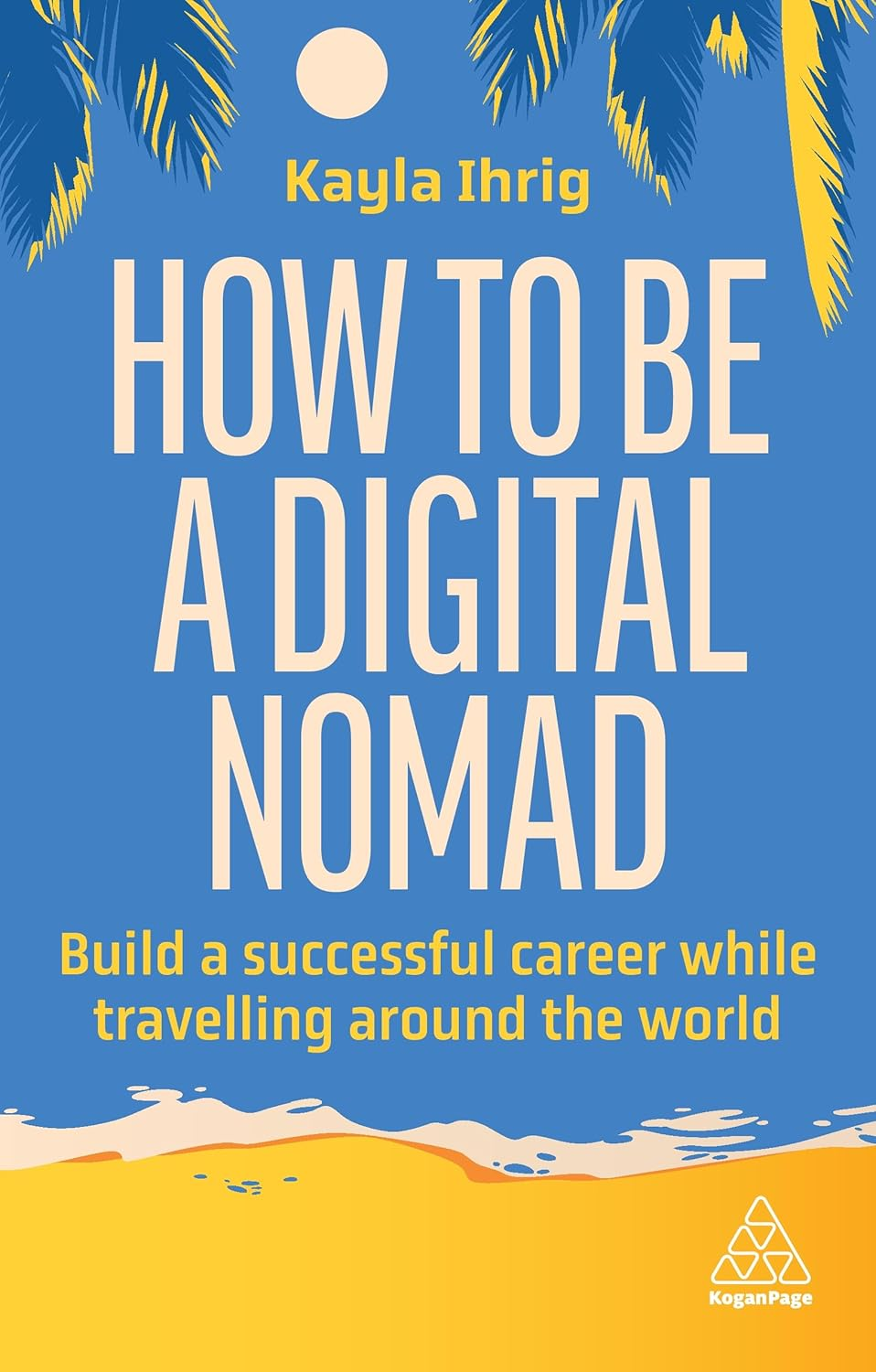Giving Circles Explained: Make a Real Difference

Many charities in England and beyond are desperate for funds, but something obviously is not working. We all feel torn between who to give to as there are hundreds of good causes. People also are concerned at receiving endless emails and phone calls and letters after a first donation (you could set up an anonymous charity giving account to solve this).
But keeping the same old, same old (expensive TV ads to make people feel guilty, ‘chuggers’ charity muggers in the street getting paid to accost you, and tiny charities never getting the exposure over big charities with marketing managers) is not working.
Giving Circles is a new idea whose time has come. It’s a bit like crowdfunding but run by outside sources that use special software for people to pool small amounts of donations to help a good cause. And often you can also ‘vote’ for a favourite cause by donating, and sponsors give extra top-up money to those charities that are seen to be doing most good, by the public.
Movement for Good is run by the Benefact Group, which gives away all available profits to charity. This annual program donates over £1 million to good causes each year, and accepts nominations each year.
During each year, you can nominate your favourite charity or charities for awards of £1000 (one nomination per charity). This can also be in Ireland, the Channel Islands or Isle of Man. There are six £1000 draws each year, staggered throughout.
My Giving Circle is a social enterprise that each year, gives away up to £2 million in grants and donations, funded out of earned income. It earns money by connecting charities with donors and earning a small platform fee, when people donate via the website. Sometimes companies also get on board to sponsor grants.
You can set up an account to donate a regular monthly amount, and then also ‘vote’ by another donation, when the huge grants come up, to try to get your charity (say WarPaws that helps animals in war-torn countries) to reach the top, and snap the top ‘prize grant’ from sponsors.
How Giving Circles Work

A giving circle often begins with a group of friends, neighbours, or even co-workers who want to give back to their community together. There are no strict rules on who can join, as long as everyone is interested in making a difference.
- Find your group: Start with people you trust or those who care about similar issues.
- Pick a name: Choose something simple and meaningful, even if it’s just the neighbourhood or workplace plus “giving circle.”
- Agree on meetings: Decide how often you want to meet. Some meet monthly, others quarterly or a few times a year. It depends on what fits everyone’s schedule.
Collecting and Pooling Money
Pooling money is the heart of a giving circle. The group decides what everyone can chip in. There are a few simple ways to collect funds:
- Passing a hat: At a meeting, everyone drops cash into a jar or envelope.
- Bank transfer: Set up a joint account or use a trusted app to collect digital payments.
- Standing orders: Members arrange automatic payments each month to a group account.
Trust is key. Some circles choose a treasurer who keeps track of every penny, and some keep a simple spreadsheet to make things clear. The amount each member gives can vary. Some agree on a fixed sum, like £20 a month, while others go with what people can afford each time. The goal is to keep it fair and open so no one feels uncomfortable or left out.
Choosing Projects Together
Deciding where the money goes is when it gets exciting. The group gathers, shares ideas, and listens to what matters to each person. Often, people bring suggestions about charities they’ve seen or causes that affect their community.
Everyone gets a turn to speak, and all ideas are welcome. The group might take a vote or work towards a decision that everyone feels good about. Some giving circles focus on one charity a year; others divide the funds between several causes.
- Brainstorm: Members gather names of charities, local projects, or families needing help.
- Research: Someone checks to make sure suggestions are real and funds will be used well.
- Discuss: The group talks about which cause fits their values or helps most people.
- Vote: Each member has a say in the final decision.
There is no strict formula. The main point is that everyone feels heard and shares the responsibility for making good choices. It’s as simple as sitting around a table, sharing stories, and agreeing together.
Benefits of Joining a Giving Circle

Pooling money in a giving circle packs a bigger punch than donating on your own. Suddenly, that £20 you put in becomes part of a much larger pool, giving your group the power to support causes in ways that might seem out of reach alone. The combined donation can help fund bigger projects or allow a charity to plan ahead with confidence.
- Larger grants: Charities can do more with one bigger sum than with lots of small donations.
- More influence: Your group can make a real difference, perhaps even fund a special project that wouldn’t happen otherwise.
- Shared pride: Seeing the results of your group’s gift often feels more rewarding because you know your part made it happen.
Building Strong Community Ties
You can expect to:
- Form lasting friendships: Regular meetings make it easy to build bonds over shared values.
- Build trust: Making group decisions together encourages openness and reliability.
- Enjoy a sense of belonging: It feels good to be part of a team that cares about the same things.
The group becomes a bit like a family, with each person giving their time, ideas, and support alongside their money. For some, the social side can be just as important as the giving itself.
Learning About Philanthropy
Members often take away:
- Confidence in giving: Learning to research charities helps you spot those that do good work.
- Money skills: Managing donations or keeping accounts for the group gives you practical finance experience.
- Awareness: Discussions open your eyes to problems in your own area and beyond.
Tax and Financial Advantages
There’s an extra bonus: your generosity can bring some financial perks. In the UK, giving through a circle may count for Gift Aid, letting charities claim back extra money from the government. Being part of a registered giving circle or charitable group also means your donations might qualify for tax deductions, making your funds go further.
Key takeaways on financial benefits:
- Gift Aid boost: For every £1 given, charities can claim an extra 25p.
- Possible tax relief: If you’re a higher-rate taxpayer, you can claim money back on your donation.
- Smarter giving: Group pooling means you can keep records more easily, making it simpler at tax time.
Starting Your Own Giving Circle
The heartbeat of any giving circle is a shared mission. Start by gathering your group and talking about what matters to each person. Try writing a short mission statement—just a sentence or two that sums up your aim. This keeps everyone on the same page, even as the group grows.
Choose what areas or causes you want to support. You might back local food banks, youth projects, or health charities. Pin down a few main focus areas, as this guides your decisions later. Write these down and share them with all members so everyone has the same reference point.
Choose a Simple Funding Model
A giving circle works best when collecting money is easy and stress-free. Pick a funding model that suits your group. Fixed monthly contributions are popular because they make budgeting simple. Each person might pay in £10 or £20, so the pot grows regularly. If some want to contribute different amounts, keep it flexible—what matters is everyone feels comfortable.
To track contributions, use a simple spreadsheet, keep a shared note, or choose a group banking app. Make sure everyone can see how much has been collected and where the money goes.
- Fixed monthly payments (easy to manage, creates routine).
- Flexible giving (lets people adjust based on their own budget).
- Use software like Grapevine, Better World and DonorBox to set up a giving circle.
- Assign a treasurer to update everyone on totals.
- Contact your local media to tell others!
The Giving Circle Movement Today
Giving circles now spark generosity in cities and villages from Australia to Zimbabwe. While the aim is always group giving, each place does things a bit differently.
- In the United States, groups like the Impact100 network gather hundreds of women each year to fund local charities. Many circles mix group meetings with online decision-making, making it easy for busy people to join.
- In India, giving circles often support children’s education or healthcare. People pool rupees and sometimes offer help in kind, like tutoring or delivering supplies. Traditions such as community giving blend with modern group planning.
- In Kenya, some circles (known as “chamas”) put saving and sharing into their regular routine. These groups often mix social gatherings, saving schemes, and giving, supporting each other as well as charities.
- In the UK and Ireland, groups are forming in workplaces, schools, and online forums. Some focus on climate action, offering grants to green and animal welfare projects, others help youth and mental health causes.
Each local story shows the same idea: a group listens, learns, and finds a way to give that suits both the people and the problems around them. They prove you don’t need a lot to start helping; just good company and the will to join in.
Search Philanthropy Together, a site that lists over 4000 giving circles worldwide, for all kinds of niche areas. Great inspiration to join or start something similar.






